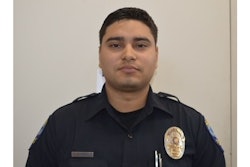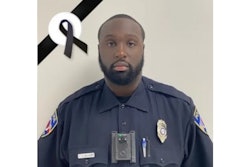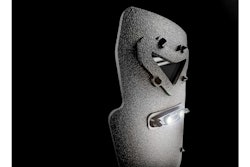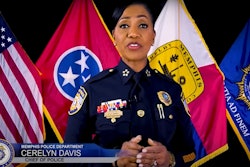Let’s start with the obvious. What happened in Memphis to Tyre Nichols was horrific and a disgrace to the law enforcement profession. No one who has seen the video has expressed anything but disgust about what they witnessed—myself included.
And sadly, every time a case like this occurs—whether it is Rodney King, or George Floyd, or Tyre Nichols—every police officer serving our nation is unjustly vilified and accused of being brutal racists. The truth deserves a different narrative.
Just as what happened to Tyre Nichols is terribly wrong, so is the broad-brush denigration of law enforcement. It is no surprise that after viewing the video of Mr. Nichols’ brutal beating and subsequent death that the calls from the Left to defund and abolish the police were once again unleashed. But when we dig a little deeper it becomes obvious that these calls are unwarranted and irresponsible.
First, let’s start with something that is indisputable, and no one has said it better than Charleston (SC) Police Chief Luther Reynolds. “There is no department in this country that doesn’t have the room to get better,” he declared.
When we built the National Law Enforcement Museum, Chief Reynolds’ quote was highlighted. Something else must be said. Policing in America today is better than at any other time in history. Our officers are better educated, better trained, better equipped than ever before. Community policing programs, body-worn cameras, and de-escalation training are the norm in most law enforcement agencies across our country.
Second, other than some anecdotal evidence, there is nothing to show that police use excessive force or that Blacks are treated any differently than Whites or Hispanics. Consider, for example, that in 2018, prior to the “defund” movement, there were more than 62 million interactions between police and the public. Of those interactions, police used or threatened force 2% of the time, according to the U.S. Bureau of Justice Statistics. And when force was used or threatened by police, the individuals on the receiving end were 52% White, 22% Hispanic, and 20% Black.
Further, there were 28.9 million police-initiated contacts (traffic stops, pedestrian stops) with U.S. residents 16 or older in 2018. If you break down that number, you find that police contacted 12% of all Whites age 16 or older, 11% of all Blacks in that age range, and 10% of all Hispanics. There was no statistical difference between race or ethnicity. In other words, the data clearly showed that Blacks were not being unfairly targeted by police.
Another often overlooked fact is that for every high-profile case where an officer conducts themselves in a dishonorable way, there are millions of cases that go unnoticed where officers act properly, honorably and often with unusual compassion and heroism.
Last May, when preparing a presentation to a law enforcement group, I went onto the Washington Post database showing the number of people shot and killed by police. According to the database, 7,372 people had been shot and killed by police between January 1, 2015, and May 23, 2022. I then overlaid the number of assaults on police during that same time (roughly 428,000) and the number of arrests by officers (roughly 74,000,000). These calculations concluded that fatal force by police occurred 1.7% of the time when an officer was being assaulted by a criminal suspect, and a fraction of one percent of the time during an arrest. Rather than suggesting excessive force by law enforcement, these numbers prove that officers act with extraordinary restraint when facing adversity.
Whether it is a growing disrespect for police and the rule of law, or a sense of impunity by criminal suspects due to more progressive criminal justice, there appears to be a common denominator in cases that involve police use of force. In almost all of these cases the criminal suspect fails to comply and either flees or resists police. This statement is not meant to excuse what happened in Memphis—those officers abused their public trust and were justifiably fired and charged in the death of Mr. Nichols. But allegedly in the Memphis case and most of the others involving use of force by police, the individual involved did not comply with an officer’s lawful commands and either resisted arrest or fled.
There are countless videos on the internet showing criminal suspects resisting arrest. I just saw one yesterday where it took more than five police officers to subdue and handcuff a man who was resisting arrest. No excessive force was used and the man, as well as the officers, were all alive and seemingly uninjured at the end of the struggle. But sometimes it does not end so well.
Nothing should have prompted the egregious and brutal actions of the five officers in Memphis. But the facts clearly show that what happened in Memphis was an aberration, not the rule. Sadly, we cannot bring back Tyre Nichols, but we can save other lives. My message to all Americans is if you ever have an interaction with a police officer, regardless of your race, gender, age, or socioeconomic status—comply and don’t resist.
Craig W. Floyd is the Founding CEO of Citizens Behind the Badge, and is the Founding CEO Emeritus of the National Law Enforcement Officers Memorial Fund, where he led the effort to build the National Law Enforcement Officers Memorial and the National Law Enforcement Museum.
















